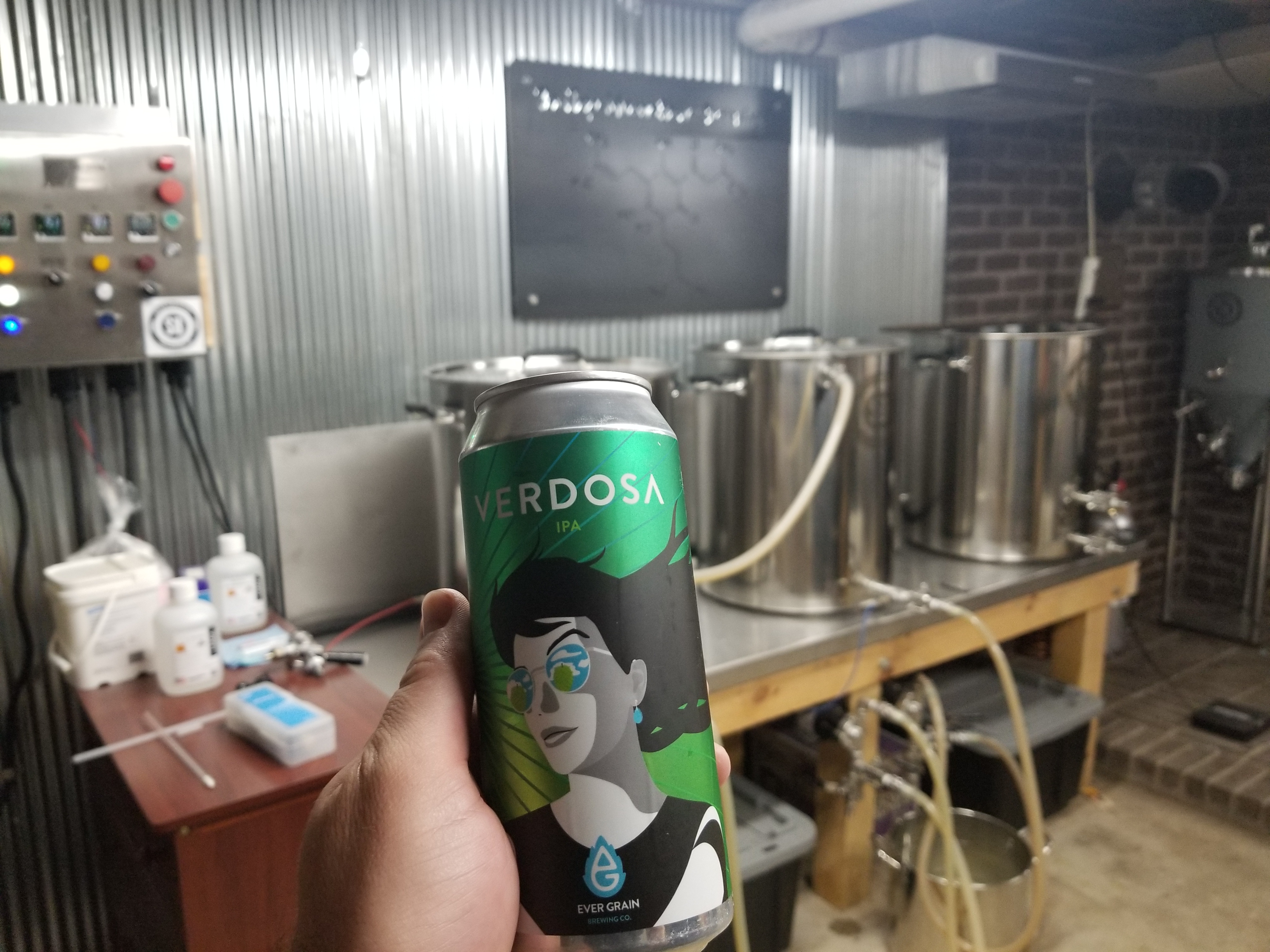ihavenonickname
Well-Known Member
I need a sanity check. I'm about to get rid of my fancy conical in favor of fermenting in a kegmenter or fermonster/all-rounder.
Here is my set up (some stuff not shown). I've got a spike conical CF10 with all the bells and whistles - pressure manifold, dip tube, low O2 dry hop doser, temp probe, extra butterfly valves for blow off and dumping. I use it in a big glass door fridge for temp control. Its every homebrewers dream right?!?!
But I'm just kinda over it and I miss the simplicity of fermenting in kegs. Here are my gripes:
My plan is to go back to a kegmenter or all-rounder, ferment and transfer o2 free to second allrounder for dry hop, shake it for better dry hop extraction. Then to serving keg (I do a lot of heavy dry hopping)
So am I missing something? Does anyone else feel this way?
@Noob_Brewer
@Dgallo
@bailey mountain brewer
@jturman35
@HopsAreGood
Especially curious what ya'll think.
Here is my set up (some stuff not shown). I've got a spike conical CF10 with all the bells and whistles - pressure manifold, dip tube, low O2 dry hop doser, temp probe, extra butterfly valves for blow off and dumping. I use it in a big glass door fridge for temp control. Its every homebrewers dream right?!?!
But I'm just kinda over it and I miss the simplicity of fermenting in kegs. Here are my gripes:
- Too heavy - When full with 5-10 gallons of wort its too heavy to lift into the fridge, so I have to fill it using a 10 foot hose that has to be cleaned and sanitized. Its a pain to do it well.
- Hard to clean - I've tried CIP on top and I've tried hand washing the tank while soaking all the parts in pbw. Its just a big chore, ultimately takes 1-2 hours with lots of lifting moving it around. I much preferred fermenting in kegs because washing kegs on my keg washer couln't be easier and its a process i'm doing anyways!
- Dumping yeast and especially dry hops is a pain - I avoid doing either because of the mess, hassle with low potential benefit, loss of beer. Plus re-using yeast is unpredictable - I mostly would rather re-pitch on a cake or start with new dry yeast.
- Worse dry hopping extraction - With the elbow on the bottom I get significantly worse extraction on dry hops because they all sink into the elbow below the cone. The solution to this is to rouse with Co2 or recirculate with a pump (risk O2 and yet another cumbersome chore). Its too big to shake around the hops like in a keg.
- Risk of clogged transfer via the dip tube. Even with a good cold crash adjusting the dip tube there is little assurance that I won't clog a dip tube. I miss my floating dip tube with a filter on it, which mostly guarantees I get the most beer possible without a clog. The work around for this is using an inline filter, but again more hassle and risks o2.
My plan is to go back to a kegmenter or all-rounder, ferment and transfer o2 free to second allrounder for dry hop, shake it for better dry hop extraction. Then to serving keg (I do a lot of heavy dry hopping)
- Light enough to fill right from my kettle and lift into the ferm chamber
- Easy to clean multiple all rounders on my keg washer
- Better and easy dry hop results because shaking to rouse
- Easier transfers given filtered floating dip tubes
- Can't dump yeast but can repitch on cake easily
- Easy to do split batches to compare yeast/dry hops
- Plastic has me less than excited, however so maybe kegmenter is worth it.
So am I missing something? Does anyone else feel this way?
@Noob_Brewer
@Dgallo
@bailey mountain brewer
@jturman35
@HopsAreGood
Especially curious what ya'll think.



















![Craft A Brew - Safale S-04 Dry Yeast - Fermentis - English Ale Dry Yeast - For English and American Ales and Hard Apple Ciders - Ingredients for Home Brewing - Beer Making Supplies - [1 Pack]](https://m.media-amazon.com/images/I/41fVGNh6JfL._SL500_.jpg)



























